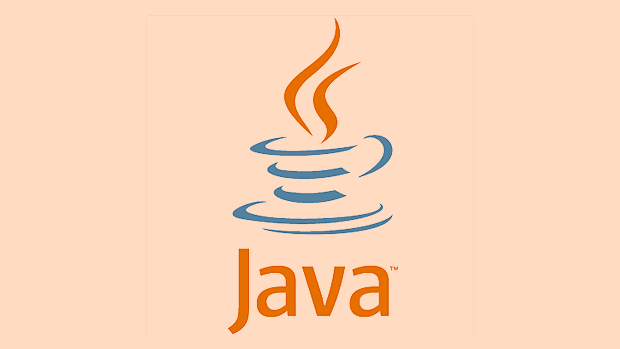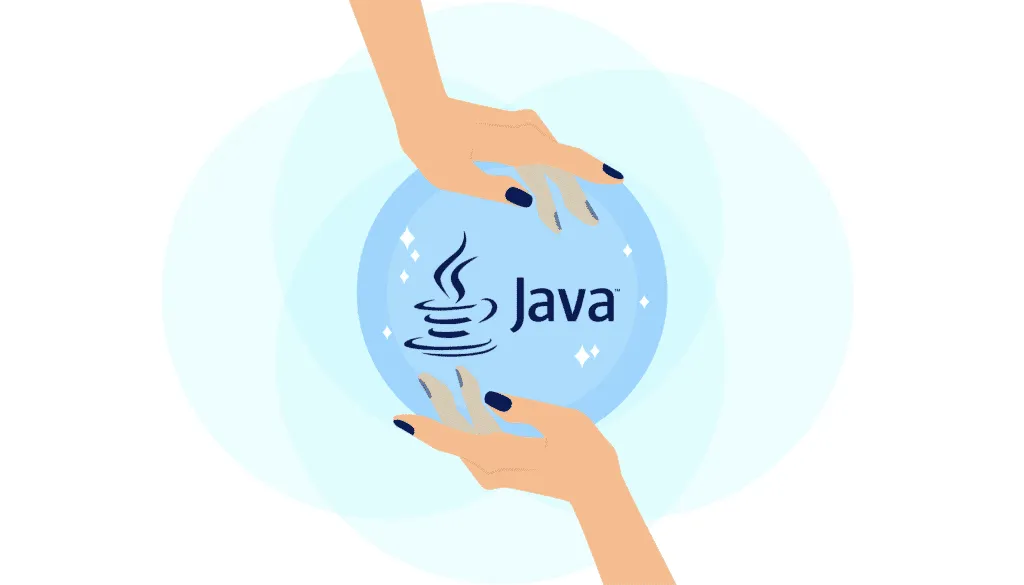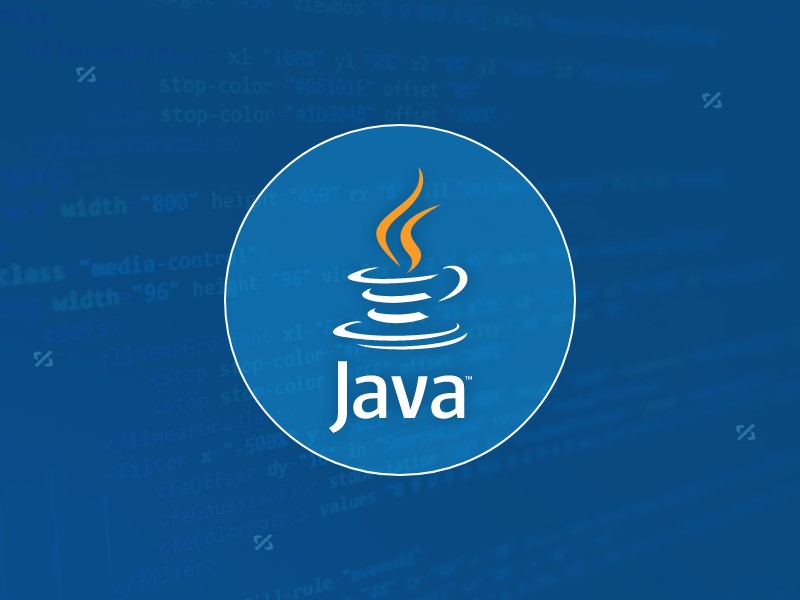Correctly Overriding equals() and hashCode() in Java
Jul 04, 2025 am 01:34 AMThe way to properly rewrite equals() and hashCode() in Java is the key to ensuring that objects work properly in collection classes. If you only rewrite equals() and not hashCode(), objects with the same content will be mistaken for different keys, because the hash set depends on hashCode() to determine the storage location. 1. When rewriting equals(), you should first check whether it is the same object, whether it is null or type mismatch, and then compare fields one by one; 2. Rewriting hashCode() must be consistent with equals(), and commonly used Objects.hash() to generate comprehensive hash values; 3. Use the IDE automatic generation method to avoid errors and improve readability; 4. Pay attention to its default behavior when using Lombok, and do not let hashCode() return constants; 5. Be especially careful when modifying fields of mutable objects that may cause search failures.

Correctly rewriting equals() and hashCode() methods in Java is the key to ensuring that objects work normally in collection classes (such as HashMap, HashSet). If these two methods are not used in conjunction or are improperly implemented, it may lead to unexpected errors, such as the same object cannot be recognized as "equal", or it cannot be found after being placed in a HashSet.

Let’s talk about how to do this correctly from the perspective of actual development.

Why must equals() and hashCode() be rewrite together
Java's Object class has implemented these two methods by default, but they are based on the memory address of the object. When you customize classes and want to determine whether they are equal based on the content, you have to rewrite them.
If you only rewrite equals() and not hashCode() , then even if the contents of the two objects are the same, they may still be treated as different keys in HashSet or HashMap. Because hash collections rely on hashCode() to decide which bucket to store the object.

Simply put:
-
equals()determines whether two objects are "logically the same" -
hashCode()determines where this object should be placed in the hash structure
If the two are inconsistent, there will be problems.
How to correctly rewrite equals()
When rewriting equals() , there are several basic rules that need to be followed:
- Check whether it is the same object :
if (this == obj) return true; - Check whether it is null or type mismatch :
if (obj == null || getClass() != obj.getClass()) return false; - Compare fields one by one after cast :
Objects.equals()is usually used to safely compare reference type fields
For example, a simple User class:
@Override
public boolean equals(Object obj) {
if (this == obj) return true;
if (!(obj instanceof User)) return false;
User other = (User) obj;
return Objects.equals(name, other.name) &&
age == other.age;
} Note that instanceof is used here to determine the type, rather than directly comparing getClass() . Both methods are OK, but the behavior is different in inheritance scenarios. It is generally recommended to use getClass() to ensure that both sides are exactly the same class.
How to correctly rewrite hashCode()
hashCode() must be consistent with equals() : if two objects are considered equal through equals() , their hashCode() must return the same value.
A common practice is to use Objects.hash() method to generate a hash value that combines multiple fields:
@Override
public int hashCode() {
return Objects.hash(name, age);
}Although simple, pay attention to performance and distribution uniformity. If there are many fields or performance requirements, you can consider manually combining hash values, such as using prime multiplication and other methods to optimize.
Use the IDE to automatically generate more troublesome
Modern IDEs such as IntelliJ IDEA or Eclipse support automatic generation of equals() and hashCode() methods. You can choose the fields to participate in the comparison, and the IDE will help you generate code that complies with the specification.
The benefits of doing this are:
- Avoid mistakes that are easy to make when writing
- Strong readability and clear structure
- Easier to maintain
However, you still need to understand the principle behind it, otherwise you won’t know what’s wrong with the field if you correct it.
Small details reminder
- If you use Lombok, you can use the
@EqualsAndHashCodeannotation to generate automatically, but be careful that it will not process the parent class field by default (unlesscallSuper = true) - Don't let
hashCode()return a constant. Although this can pass the test, it will cause all objects to fall into the same hash bucket, which seriously affects performance. - For mutable objects, if the fields are modified after being placed in the collection, it may cause the subsequent search. Be especially careful in this situation.
Basically that's it.
The above is the detailed content of Correctly Overriding equals() and hashCode() in Java. For more information, please follow other related articles on the PHP Chinese website!

Hot AI Tools

Undress AI Tool
Undress images for free

Undresser.AI Undress
AI-powered app for creating realistic nude photos

AI Clothes Remover
Online AI tool for removing clothes from photos.

Clothoff.io
AI clothes remover

Video Face Swap
Swap faces in any video effortlessly with our completely free AI face swap tool!

Hot Article

Hot Tools

Notepad++7.3.1
Easy-to-use and free code editor

SublimeText3 Chinese version
Chinese version, very easy to use

Zend Studio 13.0.1
Powerful PHP integrated development environment

Dreamweaver CS6
Visual web development tools

SublimeText3 Mac version
God-level code editing software (SublimeText3)

Hot Topics
 Selecting Specific Columns | Performance Optimization
Jun 27, 2025 pm 05:46 PM
Selecting Specific Columns | Performance Optimization
Jun 27, 2025 pm 05:46 PM
Selectingonlyneededcolumnsimprovesperformancebyreducingresourceusage.1.Fetchingallcolumnsincreasesmemory,network,andprocessingoverhead.2.Unnecessarydataretrievalpreventseffectiveindexuse,raisesdiskI/O,andslowsqueryexecution.3.Tooptimize,identifyrequi
 What is the `enum` type in Java?
Jul 02, 2025 am 01:31 AM
What is the `enum` type in Java?
Jul 02, 2025 am 01:31 AM
Enums in Java are special classes that represent fixed number of constant values. 1. Use the enum keyword definition; 2. Each enum value is a public static final instance of the enum type; 3. It can include fields, constructors and methods to add behavior to each constant; 4. It can be used in switch statements, supports direct comparison, and provides built-in methods such as name(), ordinal(), values() and valueOf(); 5. Enumeration can improve the type safety, readability and flexibility of the code, and is suitable for limited collection scenarios such as status codes, colors or week.
 Applying Semantic Structure with article, section, and aside in HTML
Jul 05, 2025 am 02:03 AM
Applying Semantic Structure with article, section, and aside in HTML
Jul 05, 2025 am 02:03 AM
The rational use of semantic tags in HTML can improve page structure clarity, accessibility and SEO effects. 1. Used for independent content blocks, such as blog posts or comments, it must be self-contained; 2. Used for classification related content, usually including titles, and is suitable for different modules of the page; 3. Used for auxiliary information related to the main content but not core, such as sidebar recommendations or author profiles. In actual development, labels should be combined and other, avoid excessive nesting, keep the structure simple, and verify the rationality of the structure through developer tools.
 What is the JDK?
Jun 25, 2025 pm 04:05 PM
What is the JDK?
Jun 25, 2025 pm 04:05 PM
JDK (JavaDevelopmentKit) is a software development environment for developing Java applications and applets. It contains tools and libraries required to compile, debug and run Java programs. Its core components include Java compiler (javac), Java runtime environment (JRE), Java interpreter (java), debugger (jdb), document generation tools (javadoc) and packaging tools (such as jar and jmod). Developers need JDK to write, compile Java code and develop with the help of IDE; without JDK, Java applications cannot be built or modified. You can enter javac-version and java-version in the terminal
 VSCode debugger for Java setup guide
Jul 01, 2025 am 12:22 AM
VSCode debugger for Java setup guide
Jul 01, 2025 am 12:22 AM
The key steps in configuring the Java debugging environment on VSCode include: 1. Install JDK and verify; 2. Install JavaExtensionPack and DebuggerforJava plug-in; 3. Create and configure the launch.json file, specify mainClass and projectName; 4. Set up the correct project structure to ensure the source code path and compilation output are correct; 5. Use debugging techniques such as Watch, F8/F10/F11 shortcut keys and methods to deal with common problems such as class not found or JVM attachment failure.
 XML rules: Common errors to avoid
Jun 22, 2025 am 12:09 AM
XML rules: Common errors to avoid
Jun 22, 2025 am 12:09 AM
Methods to avoid XML errors include: 1. Ensure that the elements are nested correctly, 2. Escape special characters. Correct nesting avoids parsing errors, while escape characters prevent document corruption, using an XML editor can help maintain structural integrity.
 How do I set up VS Code for Java development?
Jun 29, 2025 am 12:23 AM
How do I set up VS Code for Java development?
Jun 29, 2025 am 12:23 AM
To use VSCode for Java development, you need to install the necessary extensions, configure the JDK and set up the workspace. 1. Install JavaExtensionPack, including language support, debugging integration, build tools and code completion functions; optional JavaTestRunner or SpringBoot extension package. 2. Install at least JDK17 and verify through java-version and javac-version; set the JAVA_HOME environment variable, or switch multiple JDKs in the status bar at the bottom of VSCode. 3. After opening the project folder, make sure the project structure is correct and enable automatic saving, adjust the formatting rules, enable code checking, and configure the compilation task to optimize the opening.
 Windows search bar not typing
Jul 02, 2025 am 10:55 AM
Windows search bar not typing
Jul 02, 2025 am 10:55 AM
When the Windows search bar cannot enter text, common solutions are: 1. Restart the Explorer or computer, open the Task Manager to restart the "Windows Explorer" process, or restart the device directly; 2. Switch or uninstall the input method, try to use the English input method or Microsoft's own input method to eliminate third-party input method conflicts; 3. Run the system file check tool, execute the sfc/scannow command in the command prompt to repair the system files; 4. Reset or rebuild the search index, and rebuild it through the "Index Options" in the "Control Panel". Usually, we start with simple steps first, and most problems can be solved step by step.






